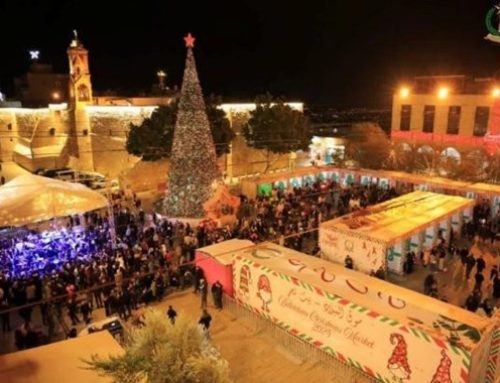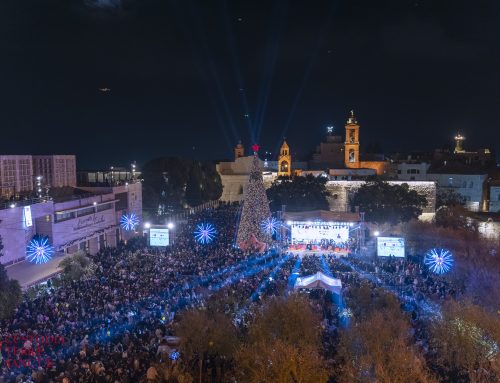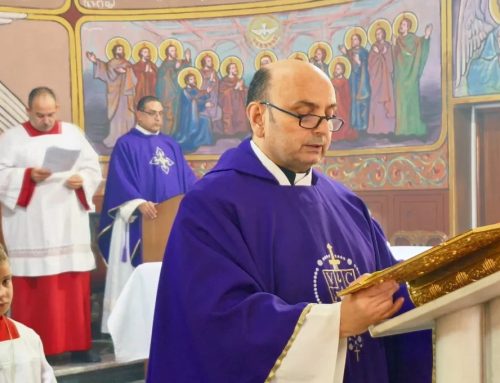DREXEL HILL, Pennsylvania – Are there some secrets in the Dead Sea Scrolls that scholars are not telling us about? Secrets about Passover and Easter?
This year, on the eve of the Jewish holiday of Passover, April 19, Christians in the West will commemorate Good Friday. As the eight-day holiday of Passover begins, new findings in the Dead Sea Scrolls are finally coming to light that add a new understanding and a new surprising dimension to these holy days.
In the scholarly world, unfortunately, the clock ticks very slowly. It may take months, or even years, before a confirmation of new discoveries will come back from scholars of the scrolls, or be met with silence if their theories on the Dead Sea Scrolls are challenged.
For example, the theory has long been held that the scrolls are supposedly ancient texts – many of them biblical. They were found in cliff caves above Israel’s Dead Sea around 1948. During the late 1940s and 1950s, many senior scholars claimed that the scrolls were not ancient, but other scholars believed that the scrolls dated around 200 B.C. to 100 B.C. There were allegations that scroll texts were kept away from possible scrutiny that might challenge the consensus thinking.
So, what do scroll scholars know that we don’t? Professor Peter Flint, a leading expert on the Qumran Isaiah Scroll, found that “the Great Isaiah Scroll does contain a new and important theological, many would say messianic, reading later in the (53rd) chapter.” He further revealed, in his scholarly report on a “new reading in Isa. 53:11” that “in the traditional MT (Masoretic Text), the servant of the Lord will suffer and die and bear our iniquities (for Christians, signifying Jesus’ death on Good Friday). However, the Great Isaiah Scroll has a different text: ‘He will see light’ which signifies the hope of something more, life beyond death, or resurrection.”
Another discovery in “The Meaning of The Qumran Scrolls for the Bible,” by professor William Hugh Brownlee, a Hebrew expert and Dead Sea Scroll scholar, also profoundly broadens our understanding of the “suffering servant” prophecy.
Brownlee pointed out that the wording “the God of all the earth will he be called,” added to the text by the Qumran scribe, “is quite appropriate immediately before the ‘Great Servant Song’ of Isaiah 52:13-53:12.” This eye-opening addition clearly makes it clear the “suffering servant” is God.
Since one of the most hot-button issues of biblical scholarship is the interpretation of Chapter 53 of the Book of Isaiah, Flint and Brownlee’s findings add fuel to the fire. Some interpretations of this entire chapter in Isaiah are that it refers to “Israel” or an idealized Israel. But most biblical scholars say that Isaiah’s prophecy of the suffering servant of the Lord is the Messiah.
Professor Edward Kutcher of Hebrew University also found an alteration in Qumran Isaiah 52:14, that sheds a new light on the “servant.” As he revealed – in “The Language and Linguistic Background of the Isaiah Scroll (1QIsaa)” – “This seems to be an expression of the scribe’s conception of the ‘Lord’s Servant’ as the anointed Messiah.”
“My eyes were suddenly opened to the vital significance of these messianic variants,” Brownlee stated. “These variants represented deliberate alteration of the Hebrew text in order to produce the desired messianic interpretations.”
While scholars have fiercely debated the dating of the Dead Sea Scrolls – whether they are B.C or really A.D – they all agree that the Dead Sea Scrolls are Jewish and written by Jewish scribes.
According to Orthodox Rabbi I. W. Slotki, in his Soncino Press translation and commentary, “Isaiah,” this entire prophecy, from Isaiah 52:13 through all of Chapter 53, deals with “the servant’s martyrdom and ultimate triumph.”
This messianic theme of the suffering servant of God is also represented in Jewish Passover tradition, as the symbolic Passover lamb: Slotki’s translation of Isaiah 53:7 reads: “As a lamb that is led to the slaughter.”
Now, in modern times, our focus at Passover centers on God’s delivering us out of Egypt, but, previously, that was not the main emphasis.
Hebrew University professor Israel J. Yuval, in “Passover and Easter: Origin and History to Modern Times,” informs us that shortly after the destruction of the Second Temple in 70 A.D., “the Seder (the Passover ceremony) changed from being a celebration emphasizing sacrifice … to a celebration of the Exodus event and the redemption it symbolized.”
The renowned ancient rabbi Gamaliel taught that “whoever does not explain … three symbols at the Passover Seder has not fulfilled his duty.” One of these symbols on the Seder plate is a shank bone, which represents the lamb that was sacrificed on the eve of Passover. “The Jewish Catalogue (1973)” tells us that the holy day of Passover in Hebrew is referred to as “Hag ha-Pesah – Festival of the Pascal (Passover) Sacrifice.”
Isaiah clearly used this theme of a lamb sacrifice in his prophecy of the redeeming suffering servant of the Lord.
Altman is a researcher who has written numerous articles on the Dead Sea Scrolls and religion. Contributing to this story was Taegeun Yoo.






